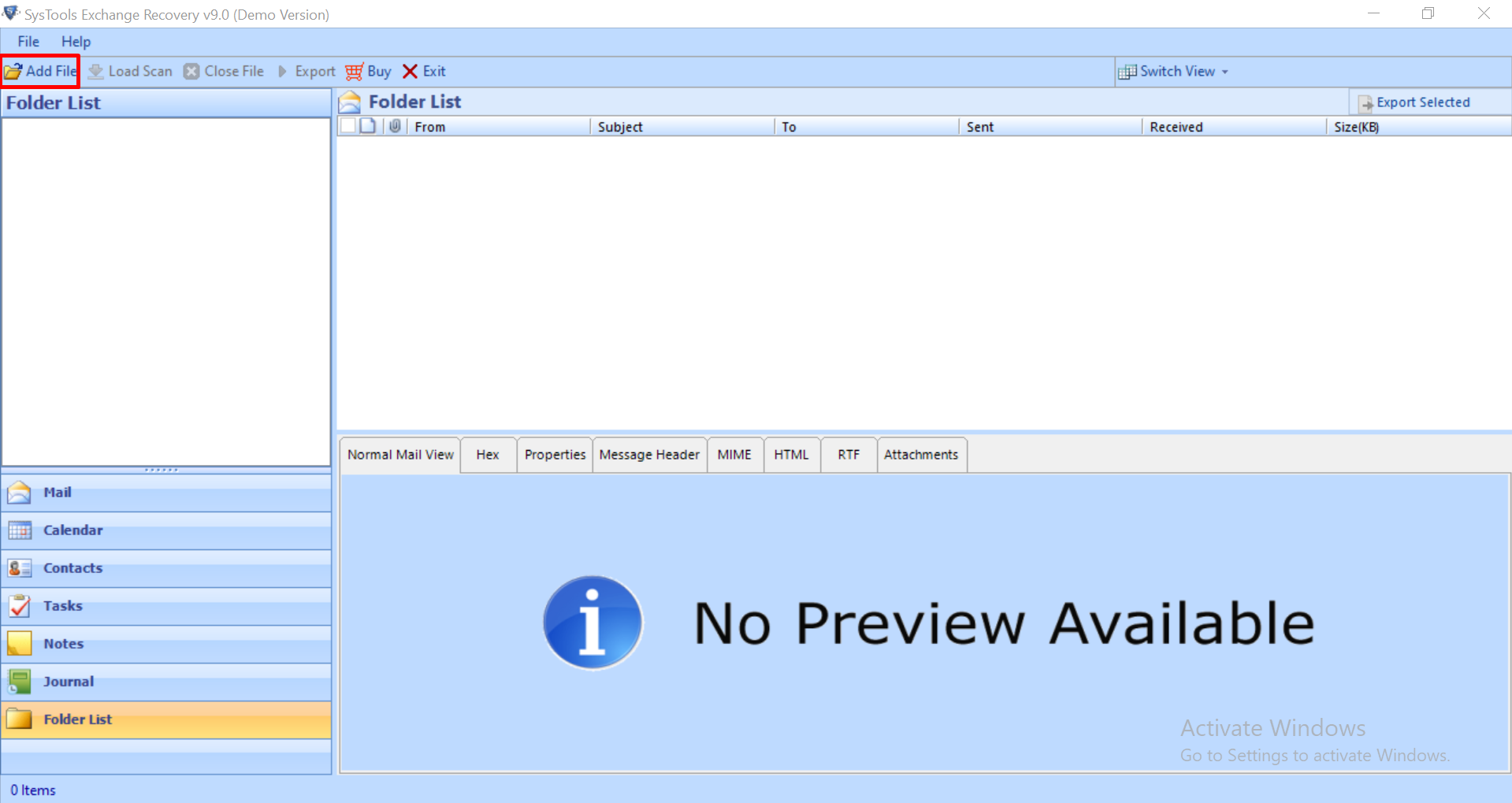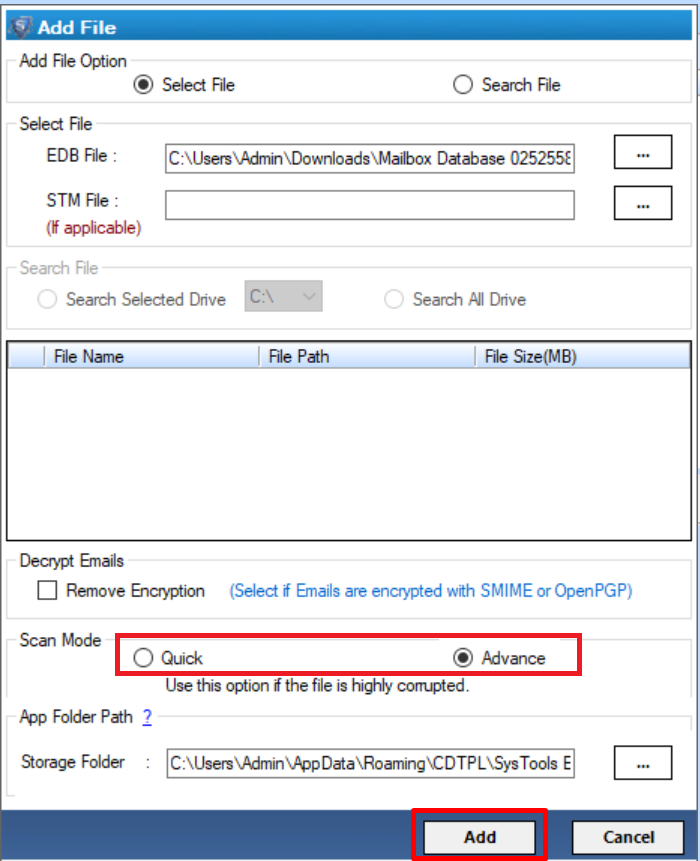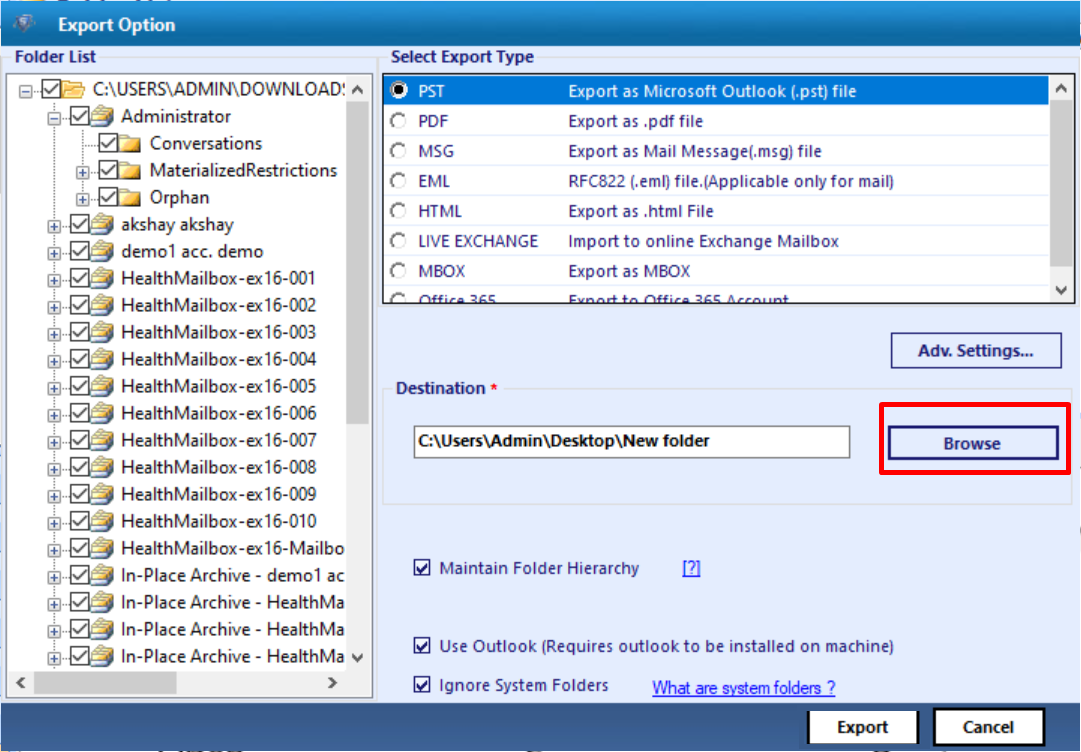How to Repair Corrupt Database Exchange 2016? Get the Solution
Summary: Today, in this article we will guide users and provide solutions to repair corrupt database Exchange 2016 via the Eseutil utility or the advanced method described in this write-up which will help users to repair offline/dismounted corrupted Exchange 2016 database file in a hassle-free freeway.
Table of Contents
The Exchange Database is an essential part of Microsoft Exchange Server as it stores various mailboxes and data items such as calendars, emails, contacts, notes, tasks, journals, etc. It is the main repository of servers & vulnerable to corruption.
Many IT companies and other industry verticals use the Exchange Server because it is one of the most popular main servers that is extensively used around the world. It is important to keep the Exchange database safe and secure as we have mentioned in the above section that it is vulnerable to corruption. When any mailbox database gets corrupted or damaged then users won’t be able to access the database. This would disrupt the workflow and users cannot send or receive the emails. In addition to this, there are chances of Exchange data loss.
It is important to repair corrupt Exchange database if one doesn’t repair the EDB then they have to face its repercussions such as:
- Face the heavy financial loss
- Clients or users start losing their faith
- Have to face the legal penalties or charges
- The company’s growth and its reputation will start decreasing
- In the worst situation, there are chance that may run out of business
These are some of the major consequences that they have to go through. That’s why it is important to repair Exchange 2016 database from corruption. Before proceeding towards the solution let’s know how Exchange database becomes corrupted.
Reason Behind Exchange Database Corruption
- Improper Exchange Server shutdown
- Human error
- Power Outage
- Hardware and software failure
- Jet engine error
- Dirty Shutdown issue
- Missing Database Objects
- Disk failure and user error, etc.
Manual Solution to Repair Corrupt Database Exchange 2016
Exchange administrators or users can use the Eseutil and Isinteg utility to repair the inaccessible or corrupt Exchange database files. It is the in-built tool provided by Microsoft. Users use it to repair the database, perform defragmentation, & check the integrity of the lost and damaged Exchange data.
Admins may also think of exporting Exchange email to PST file format and viewing it elsewhere instead of repairing it. However, this won’t work as the data that is to be moved is corrupt. So, the Isinteg utility is used after the Eseutil tool to fix and test the condition.
This tool works with the Exchange database file (.edb), Extensible Storage Engine (ESE), Streaming Media File (.stm), and log file.
You can use the eseutil /p cmdlet that helps users to repair the data & make it accessible to the users. This command removes corruption from the file & replaces all the corrupted Exchanged data with the white space.
Pre-requisites:
- First, log in with the MS Exchange Administrator
- Then, create the backup of the existing or current Exchange database file
- Use the Microsoft Exchange Server to dismount the entire EDB
- Move the unnecessary files as well as folders & free up the disk space as well
- Require a large amount of storage space. That must be 20% of the database size
- After that, to test the hard drive for the bad sectors use the CHKDSK utility (Check Disk)
Use Eseutil Command to Repair Corrupt Database Exchange 2016
1. Execute the Eseutil cmdlet given below to repair the corrupted and damaged Exchange database.
Syntax:
eseutil /p “enter the database storage file loaction\Database_Name.edb”
After, executing the cmdlet a warning dialogue box will appear. Then, to move forward click on the OK button.
2. Then, use the command given below to perform defragmentation of the Exchange database and rebuild its indexes. This cmdlet also removes the empty pages in the Exchange database and rebuilds its indices.
Syntax:
eseutil /d “enter the database storage file loaction\Database_Name.edb”
3. Use the cmdlet mentioned below to fix the logical corruption & repair the Exchange database file at the application level.
isinteg -s (Server) -fix -test alltests
4. After that, select the recovered Exchange database from the Microsoft Exchange Server directory
5. Then, again execute the eseutil.exe cmdlet until there is no more threat or corruption left
6. After that, to check the reliability of the repaired Exchange database use the eseutil /g cmdlet.
7. Then, when the database is repaired mount the Exchange database by using the admin utilities of the Microsoft Exchange Server
Limitation Of Manual Solution
- Time consuming solution & it needs an ample amount of storage space
- It is necessary to have in-depth knowledge, skills, & hands-on experience
- There is a risk of data loss & it is not possible to predict how much data is lost
Note: Most of the users are new to Microsoft Exchange Server environment and it is difficult for them to understand the manual method because it needs technical skills, knowledge and expertise to understand the solution at. To, avoid the technicality and complexity of this solution users can use the automated method described in the below section which easily repair the offline/dismounted Exchange database in a simplified way without using any command.
Repair Corrupt Database Exchange Using Professional Tool
Users can use the SysTools EDB File Recovery Tool which is designed and developed with an advanced algorithm that is used by many IT professionals, Exchange, and novice users to recover and repair the corrupted dismounted/offline Exchange database in a hassle-free freeway. It provides a Quick and Advanced scanning mode that easily recovers and repairs the minimal and major corrupted Exchange database.
Download Now Free Purchase Now 100% Secure
To recover the EDB file from minimal corruption select the Quick scan mode and to recover the highly corrupted .edb file click on advance scan. After recovery, users can export the recovered Exchange database mailboxes to the Live Exchange Server 2016 / 2013 / 2010 / 2007 / 2003 mailboxes, Office 365, and multiple file formats.
Many technical and non-technical users use this utility as it provides an interactive graphical user interface which makes the user’s work a lot easier and saves their time as well as effort. It creates an export report that saves the fail and success count of exported Exchange database mailbox data.
Notable Features Of Automated Solution
- It supports the offline Exchange Database & Streaming Media File
- Preview the offline Exchange EDB mailbox data items before conversion
- Keep metadata intact & preserve the actual folder hierarchy
- Provide a category option to export the selected Exchange mailbox items
- Remove email encryption (OpenPGP & SMIME) from EDB mailboxes in batch
- The Date filter option exports the Exchange mailbox data within the specified date range
- Suitable with all Exchange Server (2019, 2016, 2013, 2010) & MS Outlook (2003 – 2019), and Windows OS version
Working Steps to Recover Corrupt Exchange 2016 Database
Step 1. Download & Run the automated wizard in your local system.
Download Now Free Purchase Now 100% Secure
Step 2. Select the add file button to load offline corrupted Exchange 2016 .edb file.

Step 3. Select the advance scanning mode >> Click on the add button.

Step 4. Preview the recovered offline Exchange 2016 EDB file >> Click on the export button.

Step 5. Select the Exchange database mailboxes and export it to the desired export option.

Bringing It All Together
In this article, we have provided the completed information to repair the corrupt database Exchange 2016 by using the solution provided in this write-up. If users have certain technical knowledge, skills, and hands-on experience then they can easily use the manual solution to repair the database but this method has its own downsides.
If you want to avoid all the difficulties of this method then in that case you can use the advanced solution mentioned in the above section which easily recovers corrupted Exchange Server mailboxes and EDB files in a simplified manner without any hassle. Rest, depending on the users’ preference users can select the solution and repair Exchange 2016 database.
Frequently Asked Questions on How to Repair Corrupt Database Exchange 2016
How often should I perform maintenance on my Exchange database to prevent corruption?
Define a regular maintenance schedule and stick to it. Most veterans agree, on quarterly checks but this may be more frequent if your Exchange server has a history of corruption.
What’s the difference between soft and hard database corruption in Exchange Server?
Soft corruption is akin to logical corruption where the file structure collapses but the physical database remains intact. This failure affects mainly the metadata or is limited to only a few mailboxes in the Exchange server.
Hard or physical corruption is a critical situation where there is significant damage to the actual database files or storage unit of the server. In some cases, the damage can be so severe that it renders the entire database as unusable.
Is it possible to restore individual mailboxes without recovering the entire Exchange database?
The traditional methods only work on an all-or-nothing approach you won’t find the answers there. That’s why it’s better to rely on an automated solution that can give you the granular recovery options you require.
What are the signs that my Exchange database might be approaching corruption?
An Exchange Server rarely corrupts all of a sudden there are many early indicators. If action is taken on time then admin may be able to bypass the repairing entirely.
See if the Server is heating up more than usual.
Slowing down or freezing abruptly is also a symptom of upcoming corruption.
Reduce the workload or update the hardware so your Exchange server continues to function without failing.